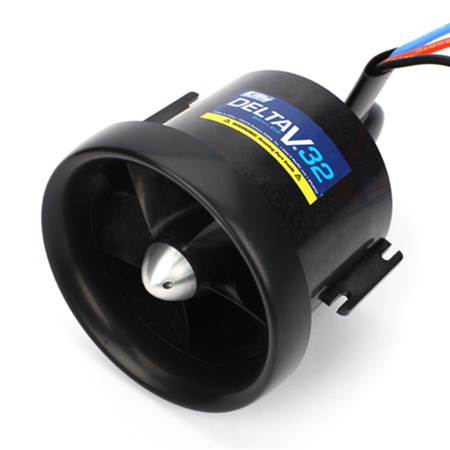Linguofreak
Well-known member
I've thought of a few modified turbojet/fan engines, and I just wanted to get an idea of how feasible they might be for various uses:
1) Put an electric motor on the shaft of a normal turbine engine, and plaster the wings with solar panels. Advantage: during daylight, the solar panels take up some of the load of driving the compressor and fan, if present, reducing the amount of fuel that needs to be burnt to drive them. Disadvantage: at night, the motor and panels are dead weight. Does anybody have any idea of how these would balance out in practice?
2) On a multi-spool turbofan, replace all but one spool with electric motors, and put a generator on the remaining spool (since motors and generators are heavy, you can save weight by connecting at least one fan/compressor stage directly to the turbine). If desired, you can also add solar panels as in the case above. Advantages: Mechanically simpler than a multi-spool turbofan. Disadvantages: Probably heavier.
3) If operating somewhere with an inert atmosphere (say, Venus), use solar power alone, and cut out the turbine, leaving just a compressor and fan. Where the combustion chamber would be, have a bunch of tungsten filaments (probably in some type of ceramic tubes to keep the filaments from being knocked about too much by the airstream). When operating at low speed, you just run the fan. As you start moving faster, you kick in the compressor and put current through the filaments, heating up the "combustion" chamber in order to heat the airstream and produce jet thrust. Advantages: No fuel required. Disadvantages: Solar power may not provide sufficient power to operate at speeds where jet thrust (as opposed to fan alone) is needed, and the energy density of batteries is low. A traditional jet carrying both fuel and oxidizer may do better, as might a nuclear jet. Also, the types of activities likely to be performed on worlds with inert atmospheres are unlikely to require high speeds (you're unlikely to have long-distance commercial aviation or much military activity).
What do people think?
1) Put an electric motor on the shaft of a normal turbine engine, and plaster the wings with solar panels. Advantage: during daylight, the solar panels take up some of the load of driving the compressor and fan, if present, reducing the amount of fuel that needs to be burnt to drive them. Disadvantage: at night, the motor and panels are dead weight. Does anybody have any idea of how these would balance out in practice?
2) On a multi-spool turbofan, replace all but one spool with electric motors, and put a generator on the remaining spool (since motors and generators are heavy, you can save weight by connecting at least one fan/compressor stage directly to the turbine). If desired, you can also add solar panels as in the case above. Advantages: Mechanically simpler than a multi-spool turbofan. Disadvantages: Probably heavier.
3) If operating somewhere with an inert atmosphere (say, Venus), use solar power alone, and cut out the turbine, leaving just a compressor and fan. Where the combustion chamber would be, have a bunch of tungsten filaments (probably in some type of ceramic tubes to keep the filaments from being knocked about too much by the airstream). When operating at low speed, you just run the fan. As you start moving faster, you kick in the compressor and put current through the filaments, heating up the "combustion" chamber in order to heat the airstream and produce jet thrust. Advantages: No fuel required. Disadvantages: Solar power may not provide sufficient power to operate at speeds where jet thrust (as opposed to fan alone) is needed, and the energy density of batteries is low. A traditional jet carrying both fuel and oxidizer may do better, as might a nuclear jet. Also, the types of activities likely to be performed on worlds with inert atmospheres are unlikely to require high speeds (you're unlikely to have long-distance commercial aviation or much military activity).
What do people think?



